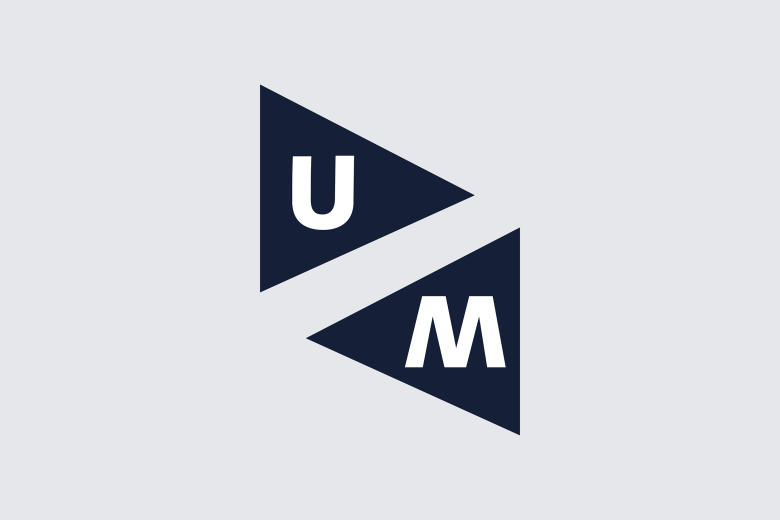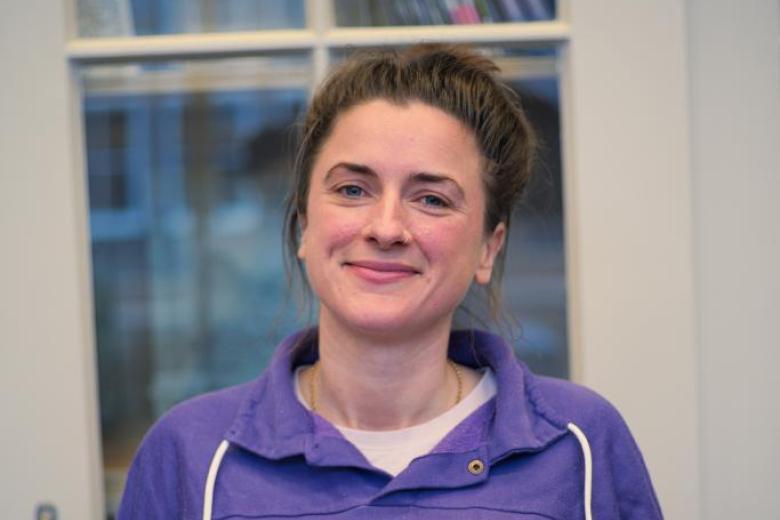edview_dos-donts-and-dont-knows.pdf
(1.01 MB, PDF)
… interviews and focus groups was the difference between “what the world looks like” now compared with when UM was founded in the 1970s, especially related to the digital world and the possibilities to find information there. The increasing quality of online open access material raises the question of how we can optimally design education that uses this situation to its advantage. EDview participants generally believed that face-to-face education would not lose its value in the future, and that … by complementing, discussing, questioning or applying this information. For example, a teacher might not provide a lecture, but discuss with students their questions and thoughts about a high quality lecture from an external source that they viewed online before coming to class. Related to this, participants noted that students have to be carefully supported in building “information literacy” (see Ch. 3: Teaching: Do 5). Other aspects that were mentioned with regard to the current and future … added value could lie in different areas, such as better learning outcomes, higher efficiency, lower costs, wider access, or increased motivation. It was argued that technological tools, such as simulated learning environments, learning analytics, or online collaboration tools could be highly beneficial for learning. A consultation round among UM program directors in 2017 showed that they identify many scenarios for which digital tools seem promising, including digital assessment, feedback, grading …



